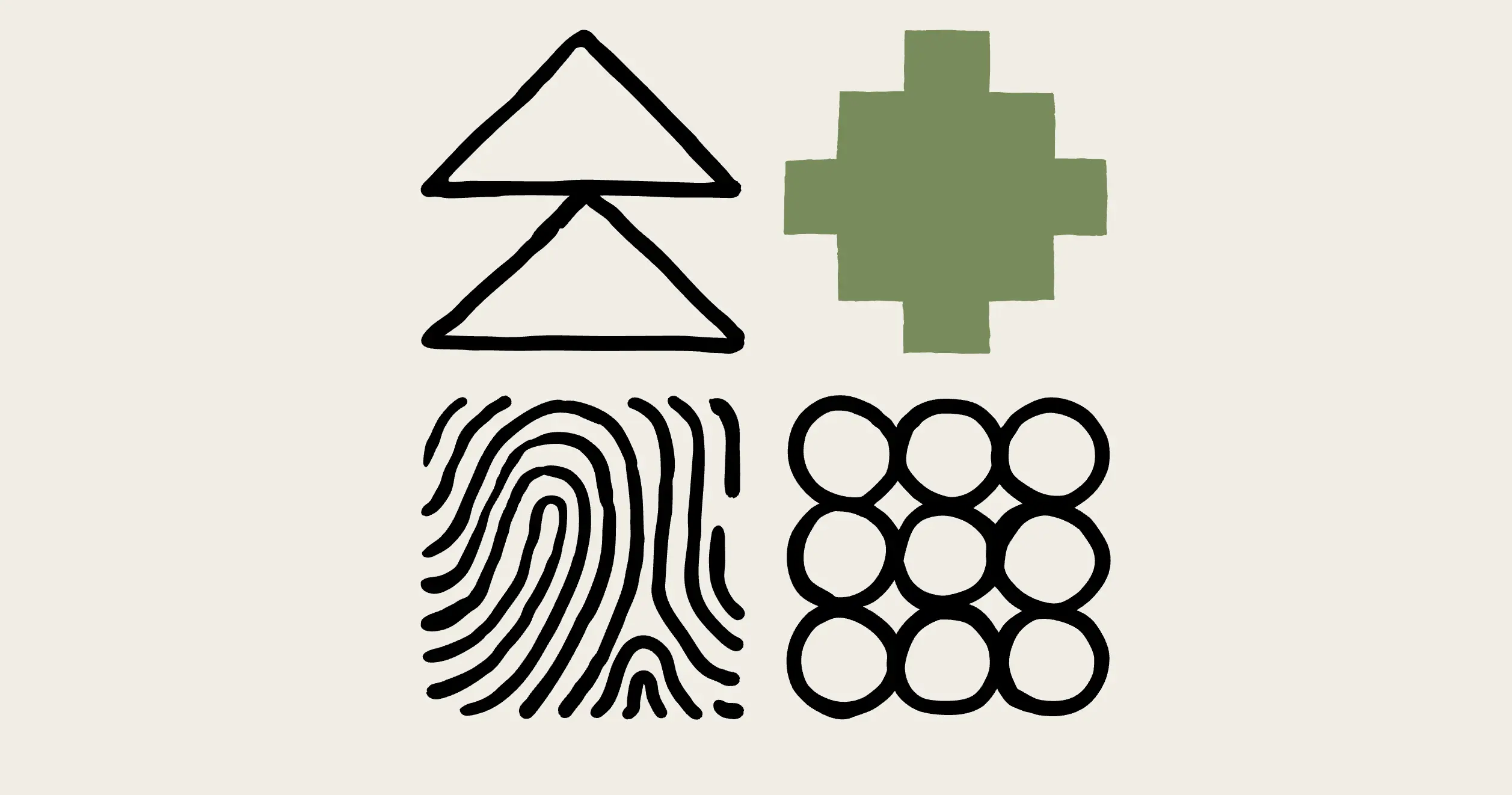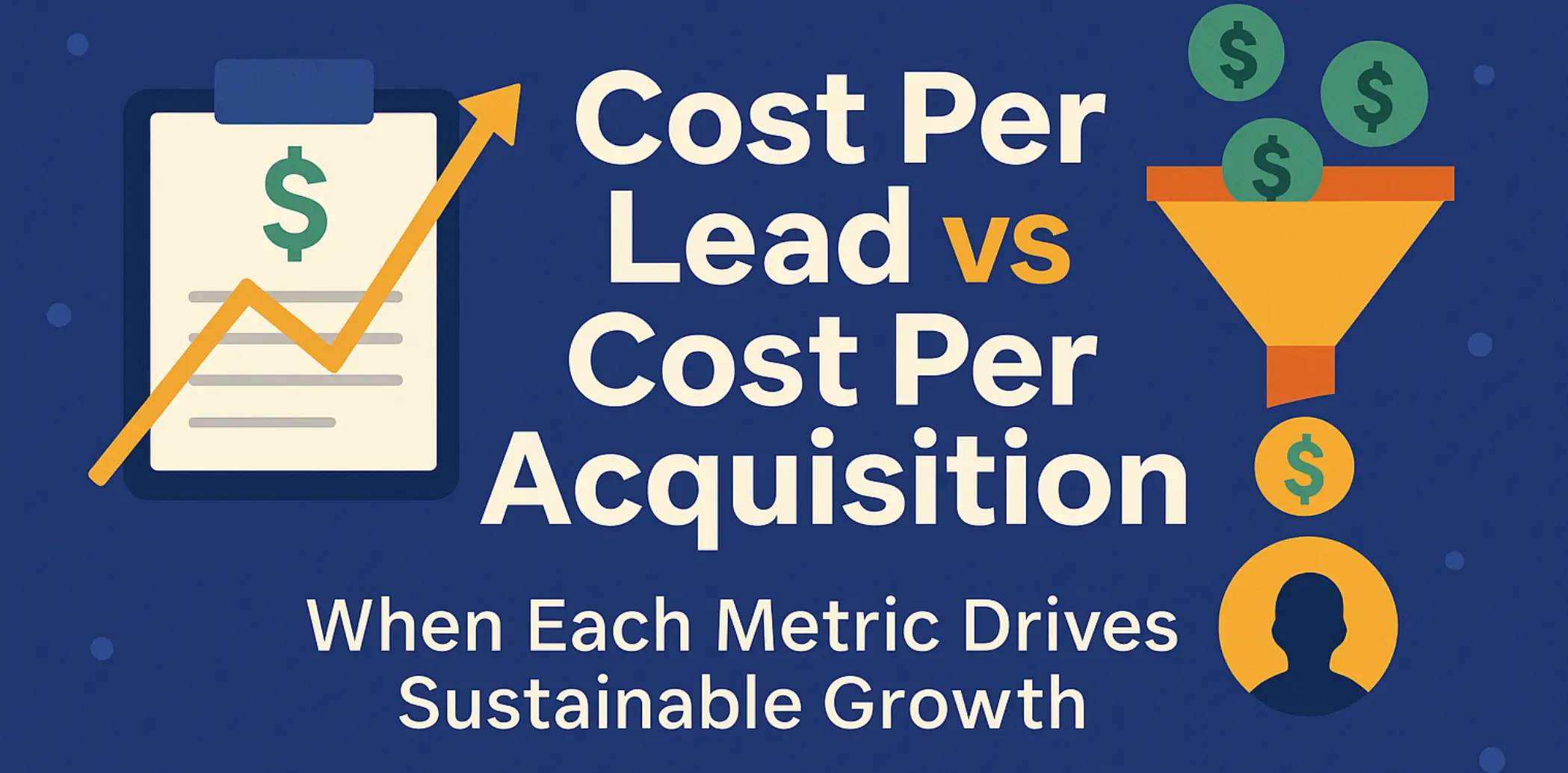The Biggest Marketing Resurgences of 2025: Tricks of the Trade
Updated on
Published on

The biggest marketing resurgences of 2025 are not shiny novelties; they are dependent on classic marketing techniques that worked in the past. They are channels and behaviors that got smarter, more measurable, and more human. In a year crowded by AI sameness, the comeback marketing trends of 2025 rewarded brands that built first-party relationships, showed up in real places, and proved value and trust beyond unresonant high-tech performance.
At a glance
- Inbox first: email and SMS regained ground as the most reliable first party channels.
- Direct mail 2.0: AI triggered, QR connected, and tied to on site intent.
- Private communities: Discord, Reddit, and niche forums beat generic comments.
- OOH and CTV revival: programmatic made real world reach measurable.
- Nano creators win: small, trusted voices outperformed megastars on ROI.
- SEO quality bar: expert, fast, useful pages beat AI churn.
- Service as marketing: great support generated reviews, referrals, and loyalty.
- Affiliate 2.0: content partners replaced coupon scraping and last click poaching.
- Events that matter: curated IRL moments produced unmatched first party data.
- Trust returns: values, proof, and alignment became decisive purchase drivers.
The Revenge of the Inbox
As third-party cookies fade and paid reach gets pricier, the most dependable growth lever is still the address you own. Email compounds because it rides first-party consent, stable identity, and zero-waste personalization, making it the keystone data spine that powers lookalikes, LTV modeling, and triggered journeys. Marketers that trimmed frequency, raised utility, and integrated email with site events saw higher contribution to revenue and lower CAC volatility — the surest sign that inbox trust beats rented algorithms in a cookieless world (IAB on the post-cookie shift).
- Build value-exchange opt-ins and pipe events into lifecycle plays instead of blasting.
- Treat email as the canonical first-party identity that unifies channels.
.webp)
Print is Not Dead; Modern Direct Cuts Through Digital Fatigue
Direct mail returned because AI and APIs turned it into a precision instrument. Brands now trigger mail from digital behaviors, score audiences with first-party data, and personalize creative at batch-of-one scale, which is why response lift and attribution clarity beat many clogged inboxes and CPM-bloated feeds. The hybrid play — a tactile piece that lands two days after a site session and a QR that routes to a wallet-ready page — makes mail feel native to digital journeys, not a nostalgia act (Lob State of Direct Mail 2024).
- Use mail as a mid-funnel nudge tied to intent, not a cold blast.
- Reserve premium formats for high-LTV cohorts and time-sensitive offers.

Community Over Comments (Discord, Reddit)
Open comment sections became noise, so brands moved upstream to places where belonging is the product: Discord servers, subreddits, and specialized forums. These hubs deliver durable reach through rituals, AMAs, and peer help — and they create first-party signals that beat shallow social metrics. The win is not volume; it is depth, which is why retention and referral rise when community becomes the operating system rather than a post schedule (Reddit for Business insights).
- Fund moderators, prompts, and recognition so the flywheel sustains.
- Treat threads as product research and ship what the community validates.
Traditional Media’s Second Act (OOH and TV)
OOH and TV reclaimed the spotlight once programmatic pipes made them targetable and accountable. Digital OOH can now flight by hour and weather, while CTV marries household targeting with incrementality testing, which is why many brands shifted budget back to premium reach without surrendering measurement rigor. The second act works because the media feels real and the math is modern.
- Pair a simple headline with a location cue, then capture lift in CTV and search.
- Run geo-incrementality for OOH and holdout tests for CTV to protect budget.
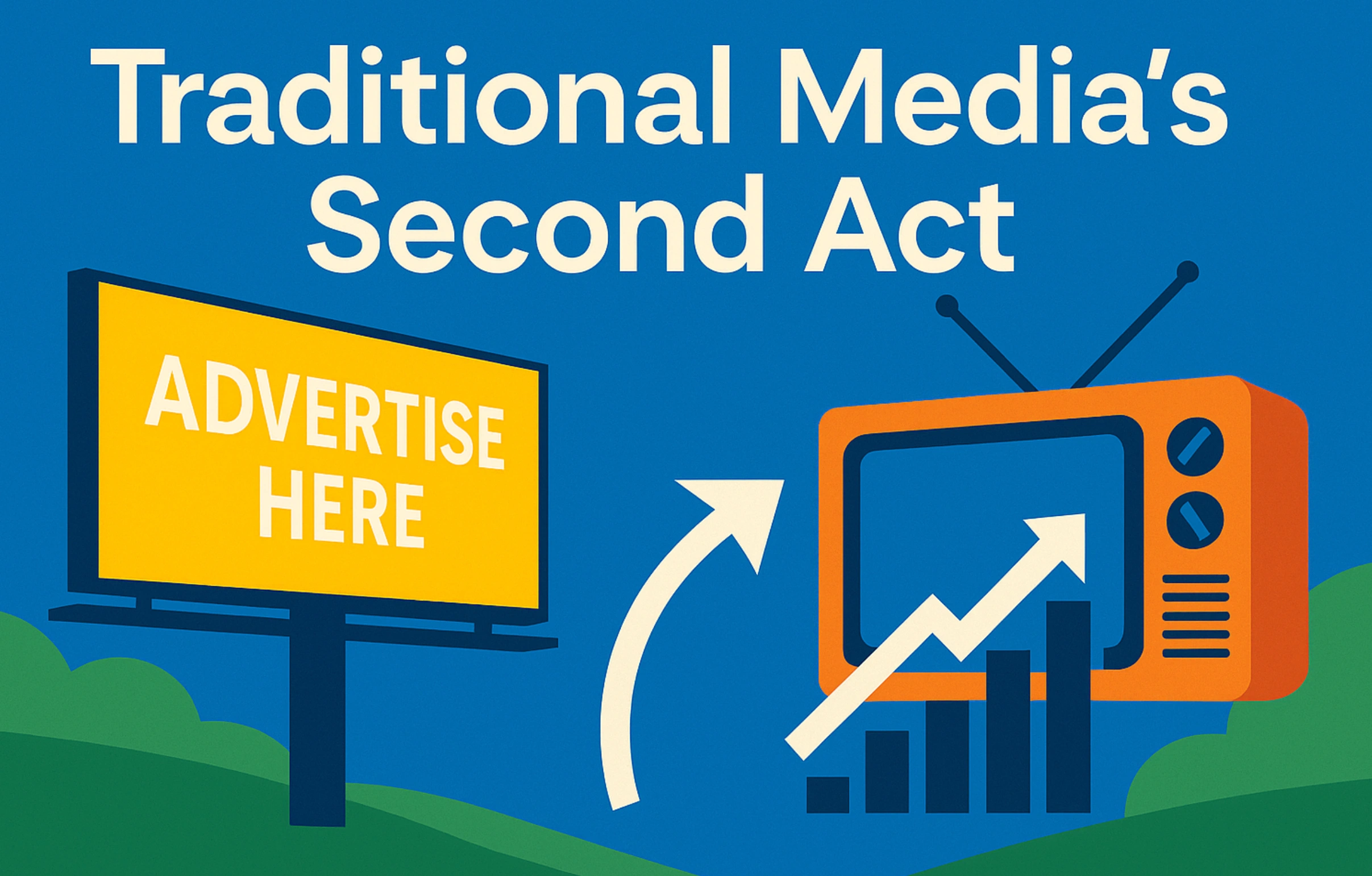
The Rise of the Nano-Creator
In 2025 the best branded graphs tilted toward small creators with tight communities. Nano and micro creators deliver higher engagement rates, cheaper CPMs, and more credible demos, especially in mid-consideration moments where a single honest take beats a glossy montage. The ROI edge comes from trust density and repeatability — you can run ten nanos for the price of one mega and learn ten times faster (HypeAuditor Influencer Marketing Report 2025).
- Buy for fit and repetition, not one-off splash, and co-own a recurring series.
- Measure saves, replies, and assisted conversions, not only views.
SEO’s High-Quality Imperative
Search did not die — it got stricter. Google’s guidance rewarded original insight, firsthand experience, and helpful structure while demoting thin AI rewrites. Teams that shipped fewer, deeper pages and fixed post-click speed and clarity saw rankings and conversions climb, proving that quality, SEO and UX matter more than ever against content floods (Google's Developper Blog.)
- Publish expert, experience-backed answers and show evidence in-line.
- Fix Core Web Vitals and one-action landing flows to capture intent you earn.
.webp)
The Resurgence of the Help Desk
Great service became pipeline again. Fast, first-contact resolution and empathetic agents create stories customers repeat, which fuels word of mouth and review velocity. In a world where feature parity is common, the help desk is the differentiator people feel and share, and it is measurable in lower churn and higher expansion rates — revenue outcomes CMOs and CFOs can agree on.
- Put marketing eyes on support transcripts to mine shareable wins and fixes.
- Treat service KPIs as brand KPIs and tell those stories in lifecycle and PR.
Affiliate Marketing 2.0; High-Value Content Partnerships and Reviews
Affiliate’s comeback is content-led. Brands replaced last-click coupon scrapes with partners who produce testing, reviews, and tutorials that catch search intent and convert credibly. With tighter contracts and first-party tracking, affiliate becomes a variable-cost content engine rather than a margin leak, and it stacks neatly with PR and SEO plays (Awin Power 100).
- Prioritize partners who influence earlier in the journey with proof.
- Use SKU-level rules and post-purchase audits to keep economics honest.
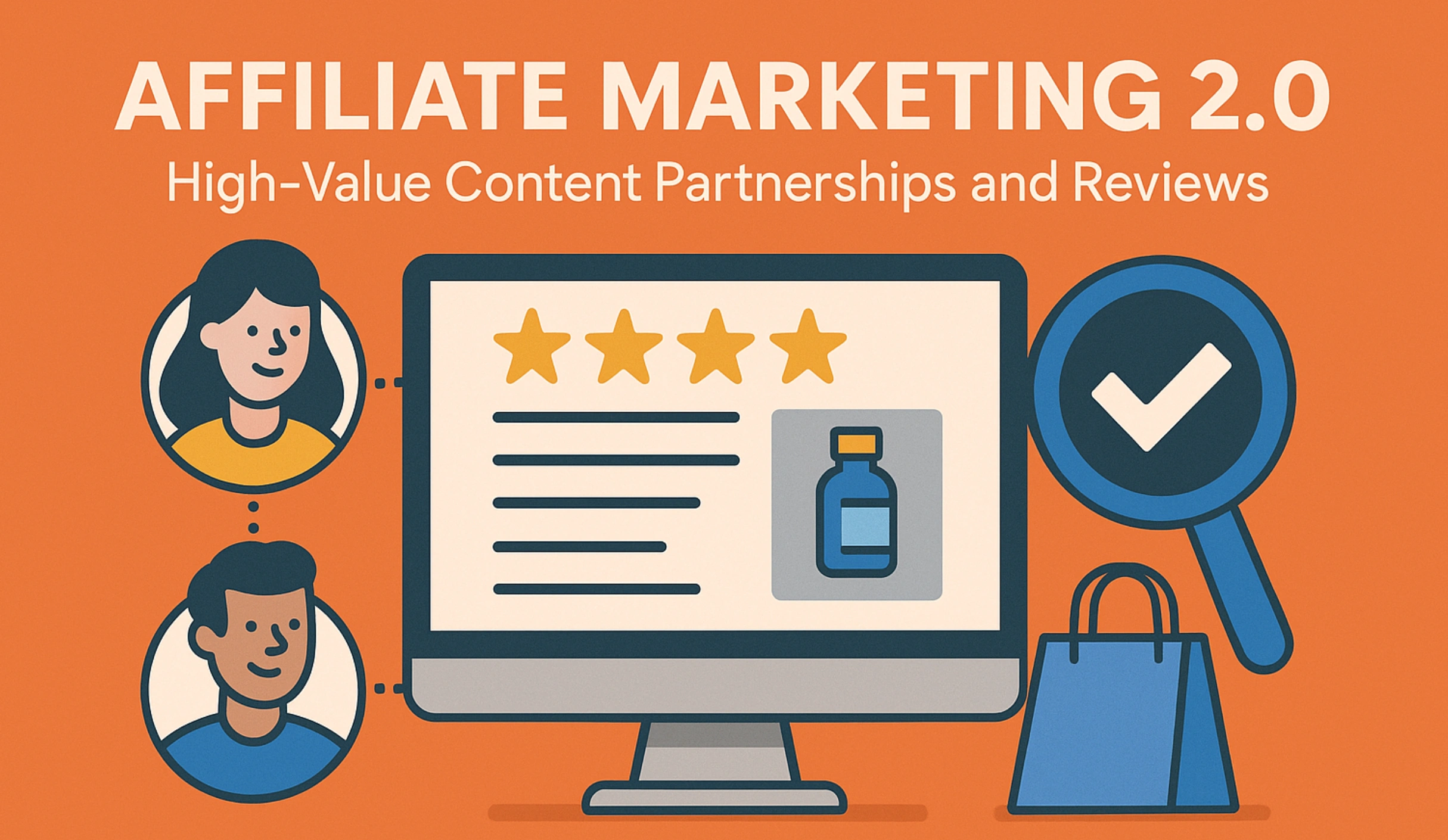
Event Marketing is Back
IRL returned because no digital proxy matches the trust built face to face. Modern events collect consented data, validate high-intent leads, and generate UGC that fuels months of content. The strongest programs pair small, exclusive formats with clear next steps, yielding higher close rates and richer account insights than any webinar can touch (Bizzabo 2025 Event Marketing Trends).
- Design one photogenic moment and one decisive CTA per event.
- Score attendees by behaviors on site, not only RSVPs.
The Brand Trust Comeback; Corporate Values and Mission Alignment
When information is abundant, belief is scarce. The brands that grew in 2025 aligned words, products, and behaviors in ways people could verify, and they earned the permission to charge, cross-sell, and be forgiven for occasional missteps. Trust is not a slogan; it is a compounding asset, and it correlates with purchase and advocacy across categories (Edelman Trust Barometer 2025).
- Show receipts: data, third-party standards, and real trade-offs.
- Put leadership in the light and let customers question and verify.
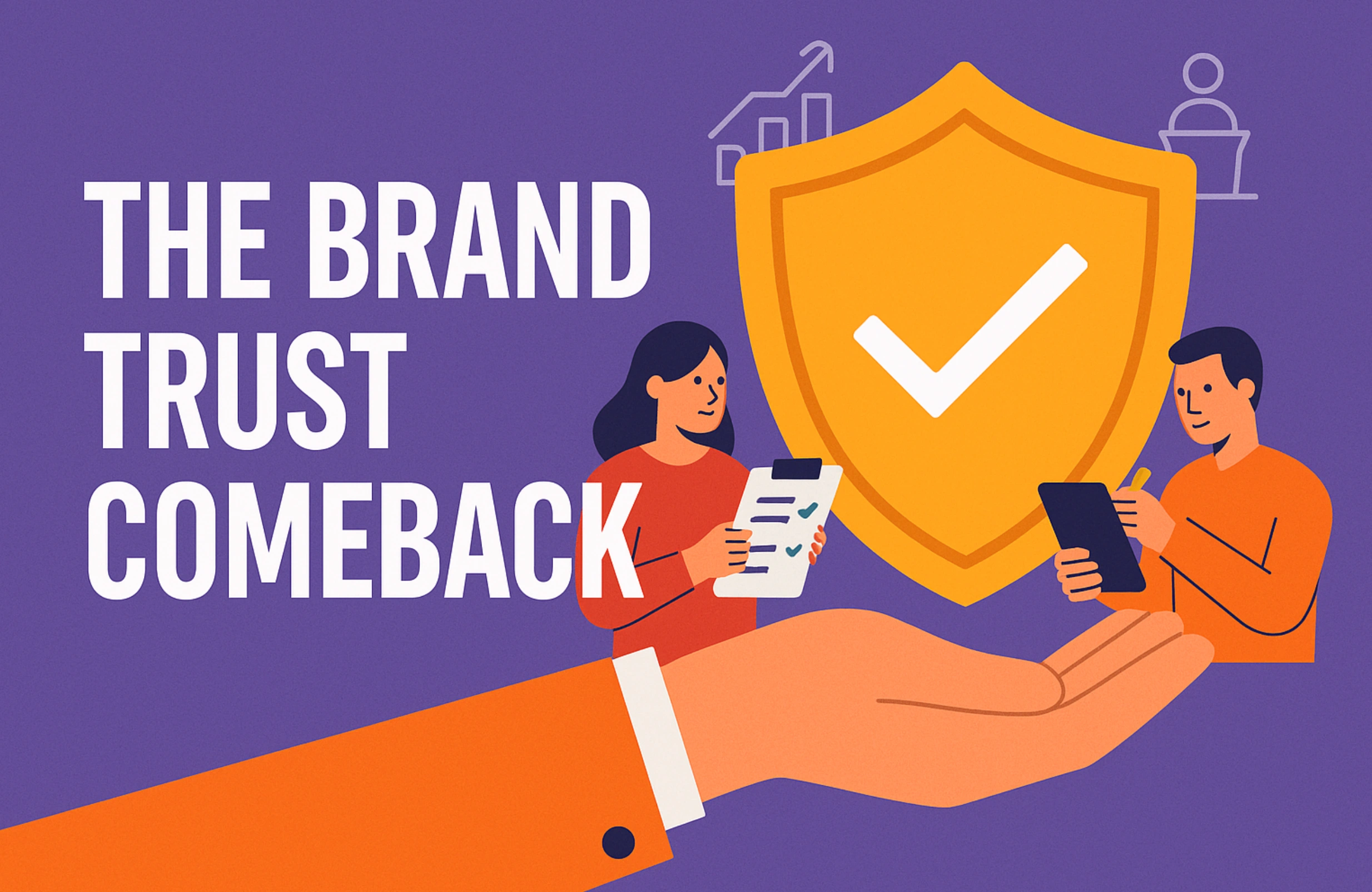
FAQ
Which resurgence is the fastest to pilot?
Direct mail triggered from on-site events or a nano-creator series. Both can be launched in weeks and measured cleanly.
How do I apply these comeback marketing trends in B2B?
Editorial SEO, community hubs, events, and service storytelling map directly to B2B. Pair each with tidy post-click flows.
What should I measure to prove lift?
For email and direct mail, measure incremental revenue and LTV. For creators and community, track saves, replies, assisted conversions. For OOH and CTV, run geo holdouts and incrementality tests.
How do I avoid spreading too thin?
Pick two plays — one attention generator and one conversion compactor — and run them consistently for a quarter before adding a third.
.webp)
Choose What Compounds
Pick two resurgences that fit your audience and run them with intent. Pair one attention play, like nano-creators or programmatic OOH and CTV, with one conversion engine, like high quality SEO or lifecycle email, then measure lift in saves, replies, incremental revenue, and LTV. Keep the loop tight by turning every win into content, proof, and another test. The biggest marketing resurgences of 2025 work because they respect attention, make value obvious, and build trust you can verify. Do that consistently and these classic tricks of the trade will compound into an advantage you can bank on.

